

The Role of Green Infrastructure in Urban Water Resilience

Executive Summary
Urban areas worldwide face increasing challenges related to water management, including flooding, pollution, and scarcity, exacerbated by urbanisation and climate change. Traditional water management approaches, relying heavily on grey infrastructure, are insufficient to address these challenges sustainably. Green Infrastructure (GI) emerges as a transformative solution, integrating natural processes into urban landscapes to enhance water resilience, improve biodiversity, and offer social and health benefits.
This white paper delves into the multifaceted role of GI in urban water management, exploring its benefits, implementation strategies, challenges, and the potential for scalability across different urban contexts. Through a comprehensive analysis, including case studies from Chicago, Sydney, and Melbourne, the paper highlights GI projects' significant impact and adaptability, addressing critical urban waterrelated issues.
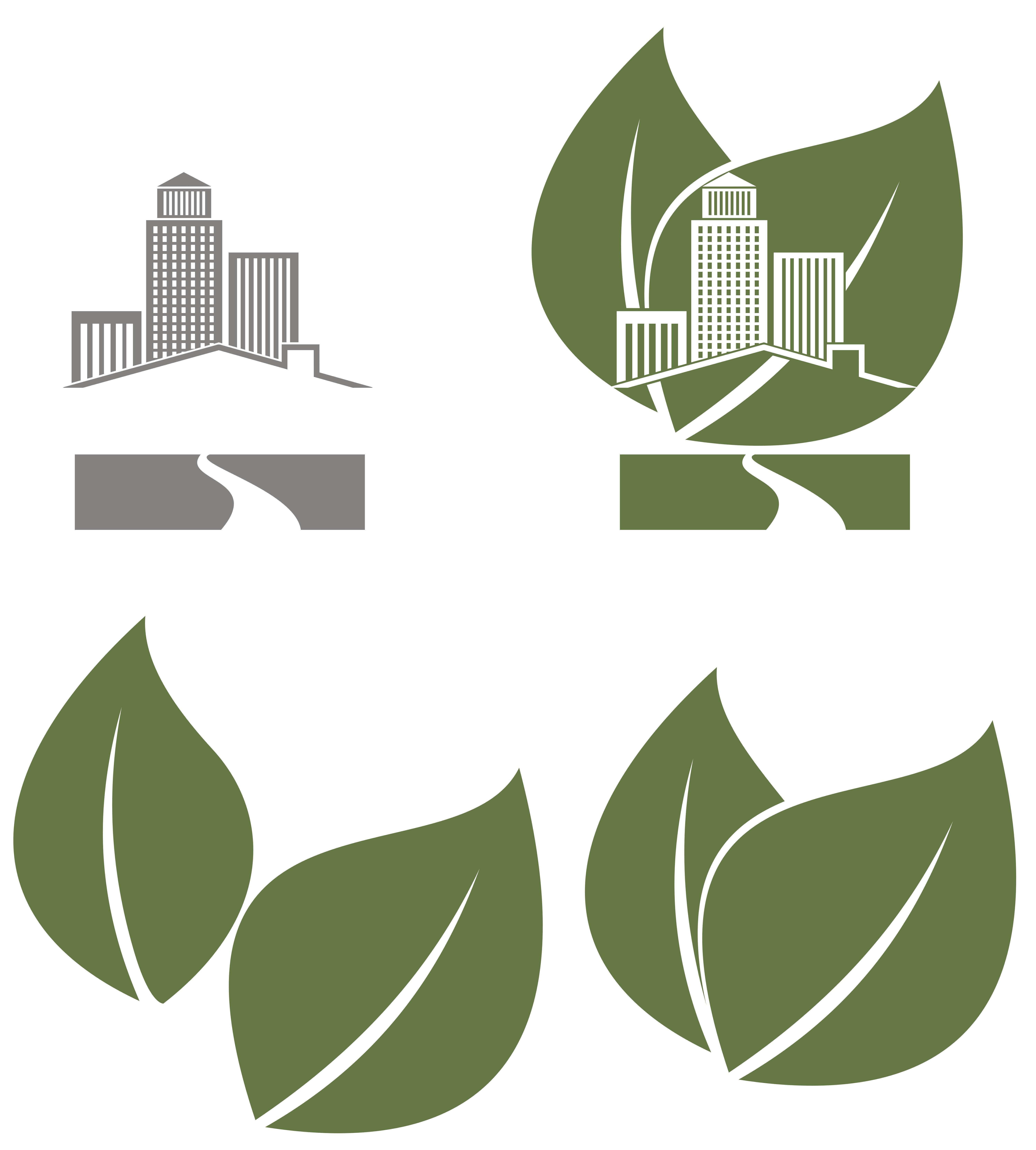
Introduction


Urban areas around the globe are increasingly vulnerable to water-related challenges, such as flooding, pollution, and scarcity, compounded by the pressures of urbanisation and climate change. Traditional water management systems, predominantly built on grey infrastructure, are proving inadequate in addressing these challenges sustainably. In response, GI emerges as a transformative approach, promising a sustainable solution by integrating natural processes and systems into urban landscapes. This section aims to define GI within the urban water management context, highlight its significance for urban water resilience, and outline the objectives and scope of the comprehensive analysis presented in this paper.
Defining Green Infrastructure
GI refers to a strategically planned network of natural and semi-natural areas designed to deliver a wide range of ecosystem services, including water management, climate mitigation, and biodiversity conservation. Unlike traditional grey infrastructure, which focuses on managing water through pipes, channels, and concrete barriers, GI utilises soil, trees, green roofs, and other natural elements to manage water flow and filtration. This approach supports the natural hydrological cycle and provides resilience against climate change impacts by enhancing urban ecosystems' capacity to respond to and recover from extreme weather events
Importance of Green Infrastructure for Water Resilience
The critical role of GI in urban water resilience stems from its ability to mimic and support natural water processes. GI solutions can significantly reduce surface runoff and mitigate flood risks by facilitating infiltration, evapotranspiration, and rainwater capture. Moreover, GI components like bio-swales and green roofs are crucial in filtering pollutants, thus improving water quality. These natural processes, integrated within urban environments, create sustainable, resilient urban water systems capable of withstanding and adapting to future challenges
Beyond its environmental benefits, GI offers substantial social and health advantages. Urban green spaces, such as parks and greenways, provide essential recreational areas that enhance city residents' physical and mental wellbeing. These spaces also foster social cohesion and community engagement, emphasising GI's multifaceted value in urban settings
Objectives and Scope of the Paper
This paper aims to comprehensively explore the multifunctional benefits of GI in urban water management. It seeks to provide a detailed examination of how GI can be effectively implemented within urban planning to address contemporary water management challenges. Through an in-depth analysis of various GI strategies and their integration into urban design, regulatory frameworks, and community involvement, this paper will highlight the potential of GI to transform urban water management practices. Additionally, by presenting case studies of successful GI projects, the paper will analyse the impact and scalability of such initiatives, offering valuable insights for future applications.

Furthermore, the paper will address the challenges of implementing GI, including maintenance, integration with existing infrastructure, and financing models By proposing solutions to these challenges, it offers practical guidance for urban planners, policymakers, and researchers interested in advancing the adoption of GI for urban water resilience
In conclusion, through a balanced and comprehensive analysis, this paper will contribute valuable knowledge and recommendations to urban water management, supporting the transition towards more sustainable and resilient urban environments
Benefits of Green Infrastructure in Water Management
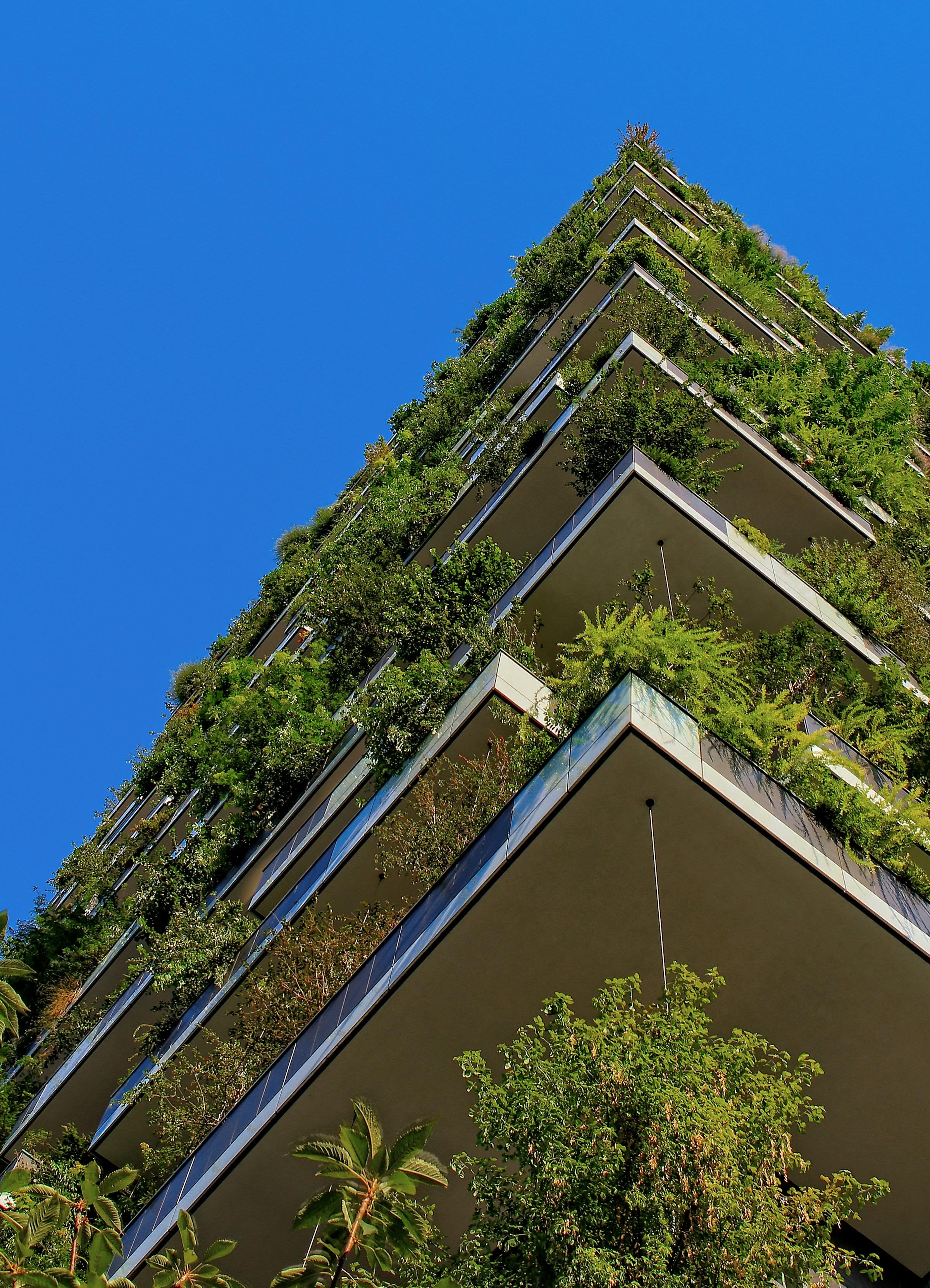
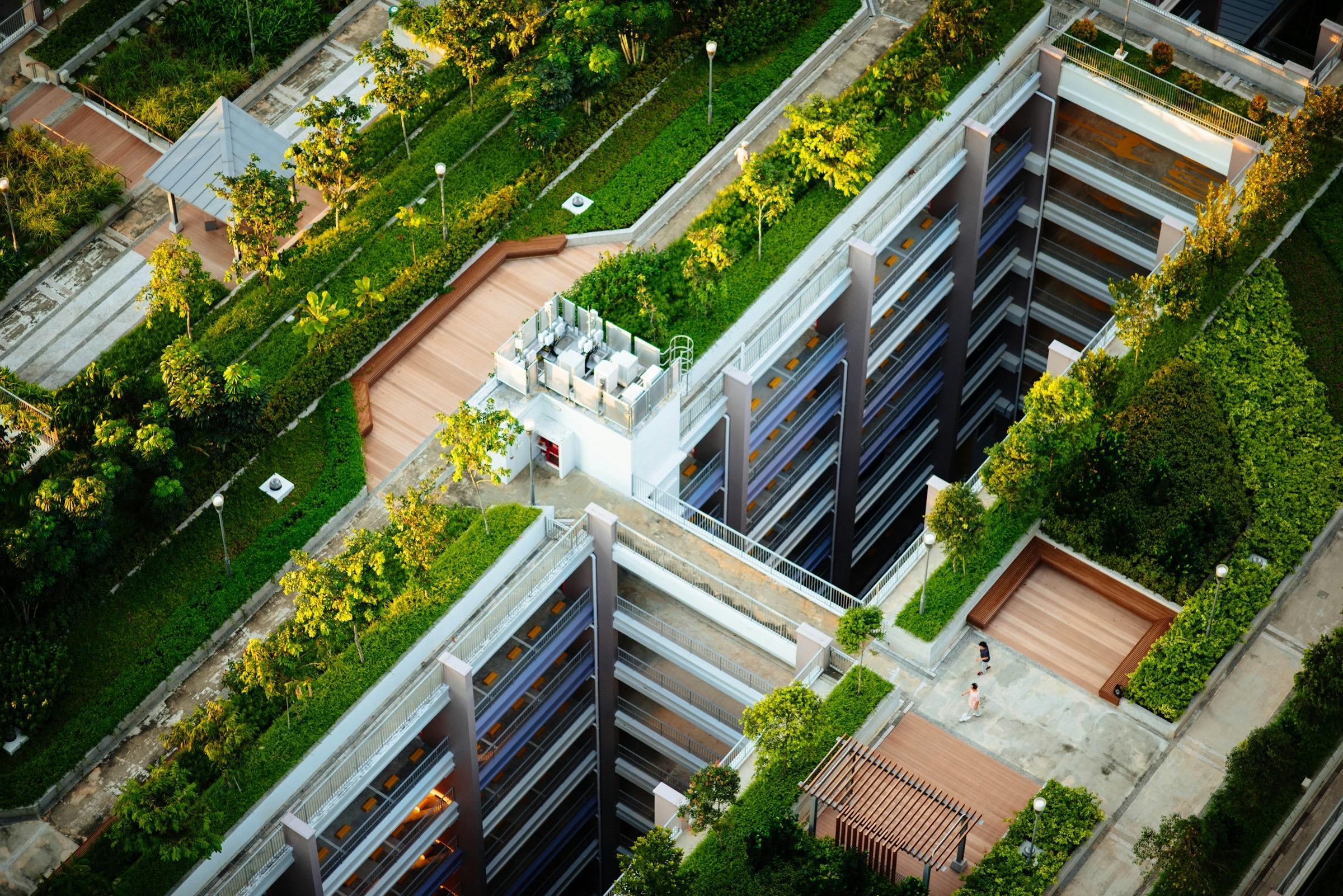
The integration of GI in urban landscapes presents a multifaceted approach to improving water management, enhancing biodiversity, and providing social and health benefits. This section delves into the various advantages of incorporating GI, emphasising its role in water quality enhancement, flood mitigation, groundwater recharge, urban biodiversity improvement, and its contributions to the well-being of urban communities.
Enhancing Water Quality
Through Natural Filtration
GI plays a pivotal role in enhancing water quality through natural filtration processes. Systems such as bio-swales, rain gardens, and constructed wetlands are designed to mimic the filtering capabilities of natural ecosystems These GI components intercept stormwater runoff, often laden with pollutants from urban surfaces, and pass it through layers of soil and vegetation. This process effectively removes pollutants such as heavy metals, nutrients, and sediments, preventing them from reaching water bodies. Moreover, integrating permeable pavements and green roofs within urban areas further reduces surface runoff, allowing more water to percolate through the soil and undergo natural purification before rejoining groundwater or surface water systems. By utilising the intrinsic filtering capacity of natural materials and plants, GI transforms urban environments into active participants in water purification, leading to improved water quality in rivers, lakes, and aquifers. This enhancement of water quality is essential for the health of aquatic ecosystems and for reducing the treatment burden on municipal water systems, thereby supporting a more sustainable urban water cycle.
Mitigating Urban Flood Risks with Green Spaces
Urban areas are particularly susceptible to flooding, exacerbated by the prevalence of impervious surfaces that prevent water absorption GI offers a sustainable solution to this challenge by utilising green spaces, such as parks, roofs, and permeable surfaces, to absorb and retain rainwater. These GI elements act as natural sponges, reducing surface runoff and slowing water flow during heavy rainfall. For example, green roofs can absorb a significant portion of rainwater, delaying and reducing runoff, while permeable pavements allow water to infiltrate the ground, alleviating pressure on drainage systems Urban parks and wetlands also provide largescale retention and absorption capabilities, mitigating flood risks. By incorporating these green spaces into urban planning, cities can significantly reduce the incidence and severity of floods, protecting property and lives. Furthermore, this approach to flood management provides a cost-effective alternative to traditional infrastructure and enhances the urban landscape, offering recreational and aesthetic benefits.
Recharging Groundwater and Improving Urban Biodiversity

The strategic implementation of GI contributes significantly to groundwater recharge and the enhancement of urban biodiversity. GI elements like rain gardens, permeable pavements, and urban forests facilitate the infiltration of rainwater into the soil, replenishing groundwater reserves vital for drinking water supplies, agriculture, and maintaining river flows during dry periods This infiltration process also supports maintaining soil moisture levels, which is crucial for the health of urban vegetation and the microorganisms within the soil, thereby fostering a richer urban biodiversity. The establishment of green corridors and habitats within the urban matrix not only aids in water management but also provides refuge and migration paths for wildlife, promoting species diversity and ecological balance This enhancement of urban biodiversity brings about a more resilient and selfsustaining urban ecosystem capable of providing ecosystem services essential for urban life. Moreover, the increased green cover contributes to cooling urban heat islands, further supporting the urban environment's sustainability and resilience
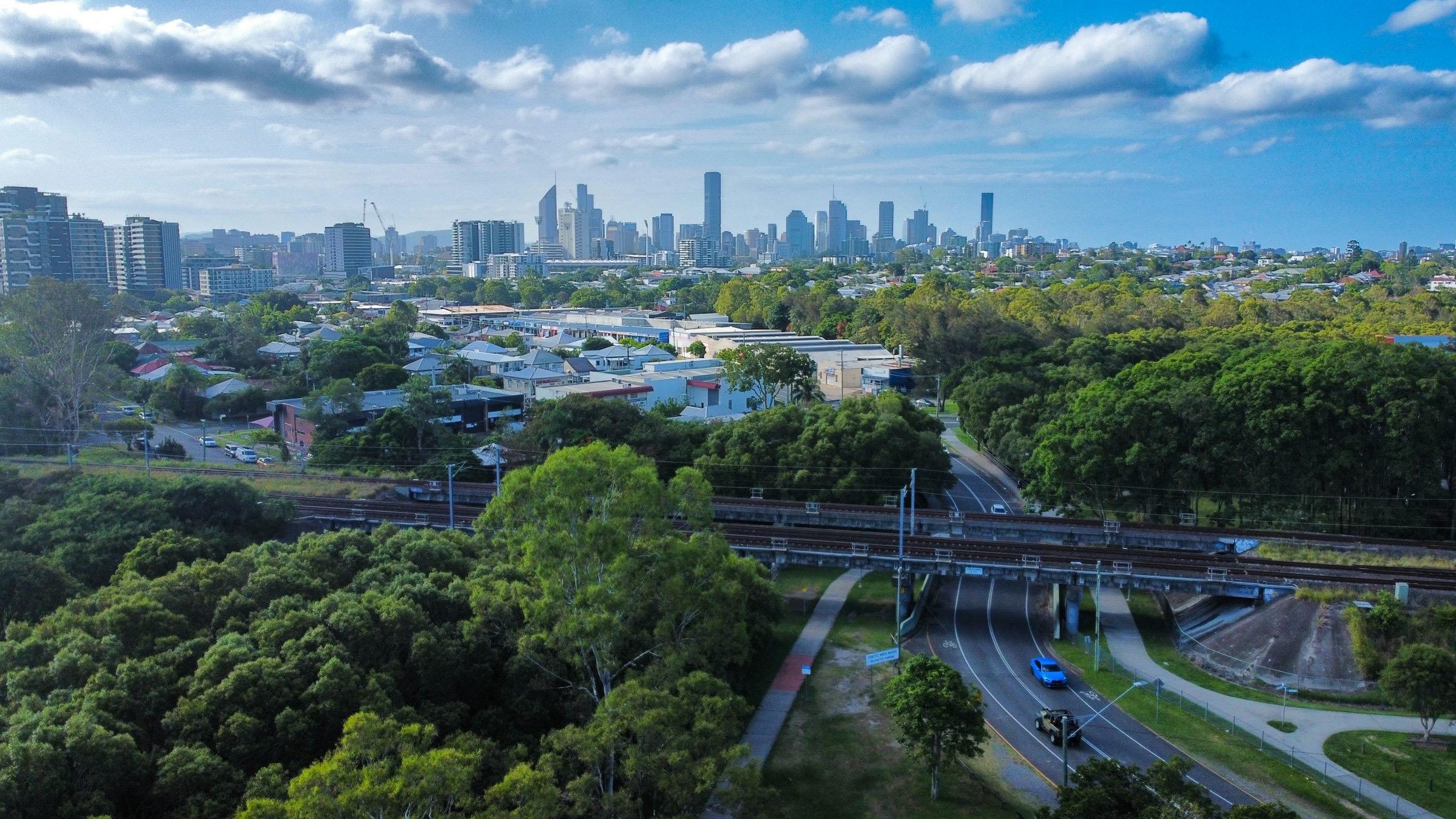
Social and Health Benefits of Green Infrastructure
Beyond its environmental and economic benefits, GI significantly impacts social well-being and public health Urban green spaces, such as parks, community gardens, and greenways, provide residents with essential recreational and social spaces, fostering community cohesion and encouraging active lifestyles Exposure to green spaces has been consistently linked to reduced stress, improved mental health, and enhanced physical health, including lower obesity rates, improved attention and cognitive function, and increased longevity. These spaces offer community gardening and urban farming opportunities, promoting local food production and environmental education. Additionally, GI enhances the aesthetic appeal of urban areas, contributing to a sense of pride and ownership among residents. Green spaces can also increase property values, indicating the economic benefits of a healthier, more attractive environment. GI is crucial in building more inclusive, healthy, and sustainable urban communities by addressing health disparities and providing equitable access to natural spaces. Through these multifaceted benefits, GI demonstrates its essential role in addressing urban environmental challenges and improving the quality of life for urban residents

Implementing Green Infrastructure in Urban Planning

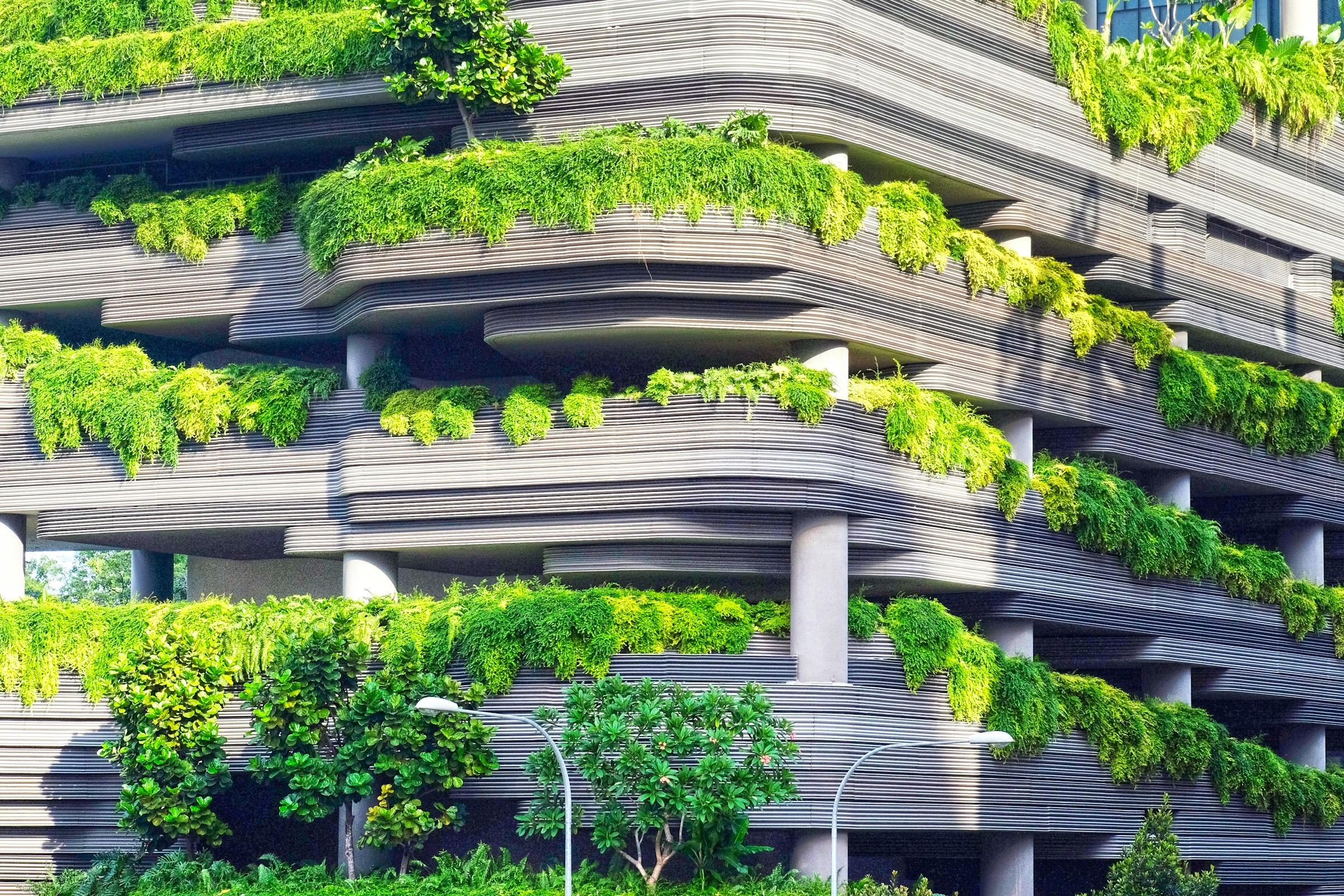
The successful integration of GI into urban planning is essential for achieving sustainable urban development and enhancing urban water resilience. This section outlines practical strategies for incorporating GI into urban design, examines supportive regulatory and policy frameworks, highlights the importance of community involvement and public awareness, and addresses GI implementation's financial and technical challenges.
Strategies for Integrating Green Infrastructure in Urban Design
Integrating GI into urban design requires a strategic and multifaceted approach that aligns with the overall goals of sustainable urban development One effective strategy is adopting holistic planning practices that incorporate GI elements at all scales of urban design, from the building level to the landscape level. This can include the implementation of green roofs and walls in buildings, the development of permeable pavements in streetscapes, and the establishing of parks and green corridors that connect different parts of the city.
Incorporating GI requires the collaboration of urban planners, architects, engineers, and landscape architects to ensure that green elements are seamlessly integrated into urban fabric and infrastructure systems. Moreover, urban design guidelines and zoning regulations can be updated to encourage or mandate the inclusion of GI in new developments and redevelopments. These strategies enhance the functionality and aesthetics of urban spaces and contribute to urban communities' environmental and social well-being. By prioritising GI in urban design, cities can create more resilient, liveable, and sustainable environments that effectively manage water resources and address the challenges of urbanisation and climate change.
Regulatory and Policy Frameworks for Supporting Green Infrastructure
The implementation of GI is greatly facilitated by supportive regulatory and policy frameworks that establish clear guidelines and incentives for its integration into urban development. Governments at all levels can play a pivotal role by enacting policies that promote the use of GI as a critical component of urban planning and water management strategies. This may include revising building codes to require or incentivise green roofs and walls, creating stormwater management regulations that favour GI solutions, and offering tax incentives or subsidies for developers who incorporate GI into their projects Additionally, policies that establish performance standards for water quality and flood mitigation can drive the adoption of GI practices by setting clear targets for environmental outcomes By incorporating GI into comprehensive planning documents and climate action plans, municipalities can ensure that GI becomes an integral part of urban development strategies. Furthermore, developing public-private partnerships can facilitate the implementation of large-scale GI projects by leveraging resources and expertise from both sectors

Community Involvement and Public Awareness
The success of GI projects often depends on the community's active involvement and public awareness about the benefits and functions of GI Engaging communities in GI planning, design, and maintenance can foster a sense of ownership and stewardship, increasing the likelihood of successful implementation and long-term sustainability Public awareness campaigns can educate residents about the benefits of GI, such as improved water quality, flood mitigation, and enhanced urban liveability, encouraging community support and participation. Involving local stakeholders in decision-making processes through workshops, public consultations, and participatory design sessions can ensure that GI projects meet the needs and preferences of the community. Moreover, educational programs in schools and community centres can raise awareness about environmental issues and the role of GI in addressing them, cultivating a culture of sustainability among future generations. Community involvement and public awareness are crucial for building support for GI, overcoming resistance to change, and ensuring that the benefits of GI are widely understood and valued by urban residents.

Overcoming Financial and Technical Challenges
Implementing GI in urban areas can present financial and technical challenges that require innovative solutions and strategic planning Securing funding for GI projects can be challenging, as they often compete with traditional infrastructure projects for limited public resources. However, developing innovative financing models, such as green bonds, publicprivate partnerships, and grant programs, can provide essential funding for GI initiatives Additionally, leveraging the multiple benefits of GI, such as improved property values and reduced stormwater management costs, can help make the economic case for investment. Technical challenges, including requiring specialised design and maintenance expertise, can be addressed by developing technical guidelines and best practices for GI implementation. Training programs and capacity-building efforts can equip urban planners, engineers, and landscape architects with the skills to effectively design, implement, and maintain GI projects. Collaborating with academic and research institutions can also support improving GI technologies and practices through research and innovation. By addressing financial and technical barriers, cities can unlock the full potential of GI to create more resilient, sustainable, and liveable urban environments.

Examples of Successful Green Infrastructure Projects
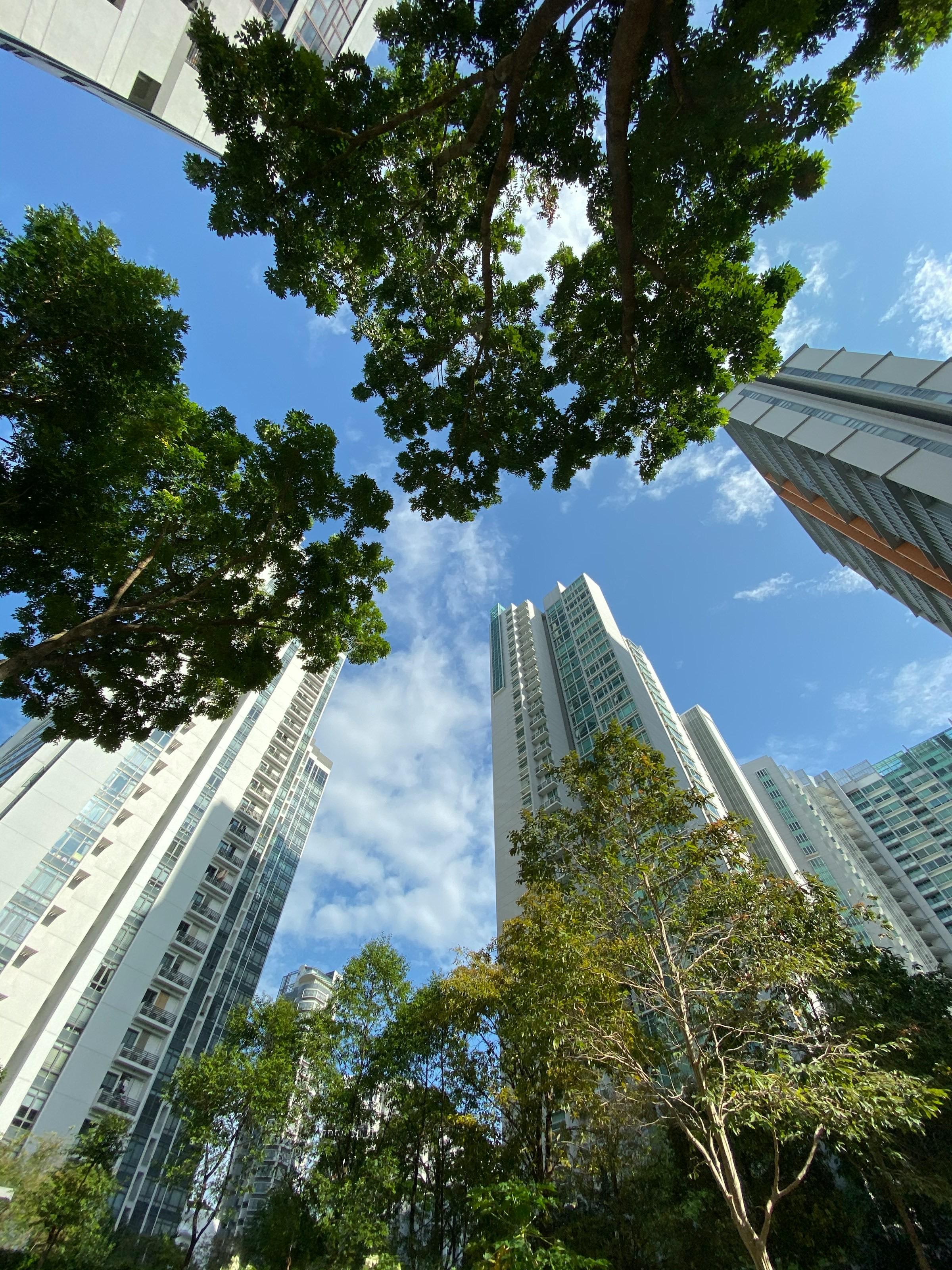

Case Study: Green Roofs in Chicago
Chicago's leadership in GI is showcased by its widespread adoption of green roofs, making it one of America's greenest cities With over 500 green roofs, the city stands as a testament to the integration of nature within urban spaces. These vegetated rooftops are not just aesthetic enhancements but are crucial in mitigating urban challenges such as the heat island effect, managing rainwater runoff, and contributing to biodiversity Chicago’s commitment to green roofs to initiatives dating back to the 1990s, particularly under Mayor Richard Daley's administration, which emphasised sustainable urban development.
The city's green roofs, including the 16,000-square-foot rooftop of the Rice Plant Conservation Science Center, boast many species, underscoring Chicago's commitment to biodiversity and ecological health. Such projects are aligned with policies like the 2004 Sustainable Development Policy, encouraging private developers to adopt sustainable practices by offering incentives towards LEED certification for buildings with significant green roof coverage.

Despite challenges, including political shifts that have seen reduced emphasis on green initiatives, the resilience and benefits of green roofs remain undeniable. They provide critical habitats for urban wildlife, improve water quality, and offer significant energy savings For instance, City Hall's green roof, a pioneer in this movement, supports over 150 plant species and yields substantial annual energy cost savings. This commitment to green roofs extends beyond governmental buildings, influencing the broader community and contributing to the city's vibrant "rooftop-to-fork" dining scene
This integration of green roofs in Chicago reflects a broader movement towards sustainable urban living, showcasing the potential for cities to adapt and thrive amidst environmental challenges. Chicago's example illustrates the importance of policy support, community involvement, and innovative design in realising the benefits of GI within urban ecosystems.
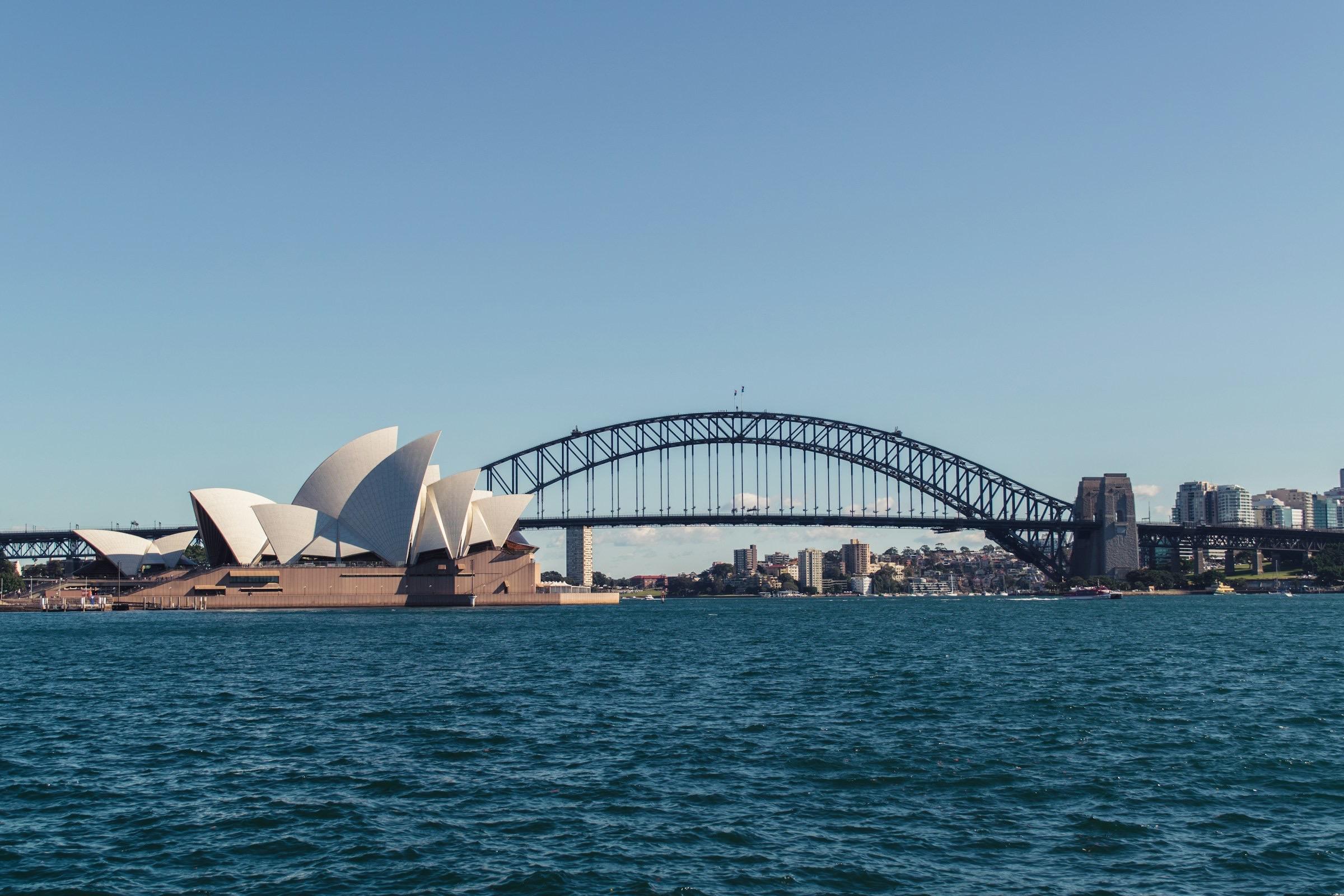
Case Study: City of Sydney’s Green Roofs and Walls Policy
The City of Sydney has adopted a forward-thinking Green Roofs and Walls Policy to enhance its resilience against climate change and improve urban liveability Aiming to increase the number of green roofs and walls within the local government area, this policy aligns with the city's broader environmental and sustainability goals, such as Sustainable Sydney 2030 and the Urban Forest Strategy. By encouraging the installation of GI, Sydney aims to address multiple urban challenges, including reducing the urban heat island effect, improving air quality, and supporting biodiversity
The policy outlines specific benefits of green roofs and walls, such as stormwater management, carbon dioxide absorption, and enhanced building efficiency, including better insulation and extended roof life. Moreover, it emphasises the role of GI in creating additional spaces for urban greening and food production. To achieve these goals, the City of Sydney commits to leadership in raising awareness, addressing barriers to uptake, and supporting sustainable designs through research, education, and developing guidelines.

Consultation with stakeholders, including a technical advisory panel and feedback from public exhibitions, has shaped this policy, ensuring it meets the city's needs and aspirations. The Strategic Planning and Urban Design unit at the City of Sydney is primarily responsible for implementing this policy, indicating the city's commitment to integrating GI into its urban fabric. This initiative aims to make Sydney more liveable and beautiful and sets a benchmark for other cities globally to embrace GI for a sustainable future.
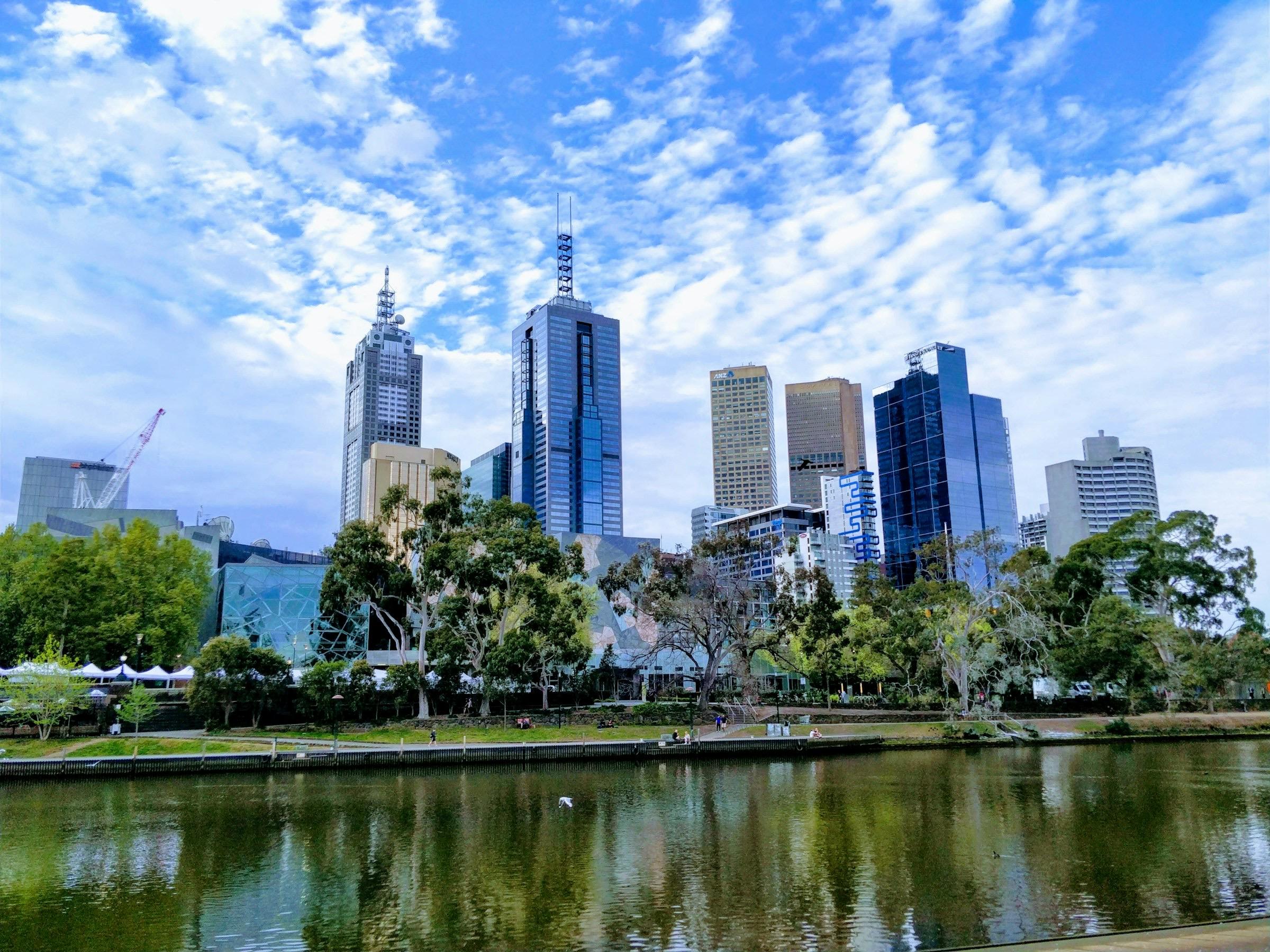
Case Study: City of Melbourne’s Trin Warren Tam-boore Wetland
The Trin Warren Tam-boore wetland, nestled within Royal Park just four kilometres north of Melbourne’s bustling city centre, exemplifies innovative urban water management Constructed to address the dual challenges of stormwater management and urban green space enhancement, this fivehectare wetland system is pivotal in cleaning and storing stormwater from the surrounding suburbs. Doing so significantly contributes to the park's irrigation, reducing the reliance on drinking water.
Spanning 170 hectares, Royal Park is Melbourne's most extensive innercity parkland, known for its commitment to preserving indigenous flora and fauna, including the endangered skink population. The Trin Warren Tamboore wetland, completed in 2006 and later upgraded in 2008 to include additional storage capacity, is an integral part of the park’s ecosystem The project was funded by the Commonwealth Government as part of an environmental initiative for the 2006 Commonwealth Games, with further contributions from Melbourne Water through the Living Rivers program.

This wetland system, comprising two linked ponds, harnesses the natural filtration capabilities of aquatic plants to remove pollutants from stormwater
The processed water not only meets Class A standards, making it safe for human contact but not for drinking, but also provides up to 160 megalitres of stormwater annually. This fulfils 89 percent of the park’s irrigation needs, enhancing the park's sports fields and supporting greater biodiversity. Moreover, the wetland has become a hotspot for biodiversity in inner Melbourne, offering walking trails, boardwalks, and interpretive signage that allow the community to engage with and enjoy this unique urban ecosystem
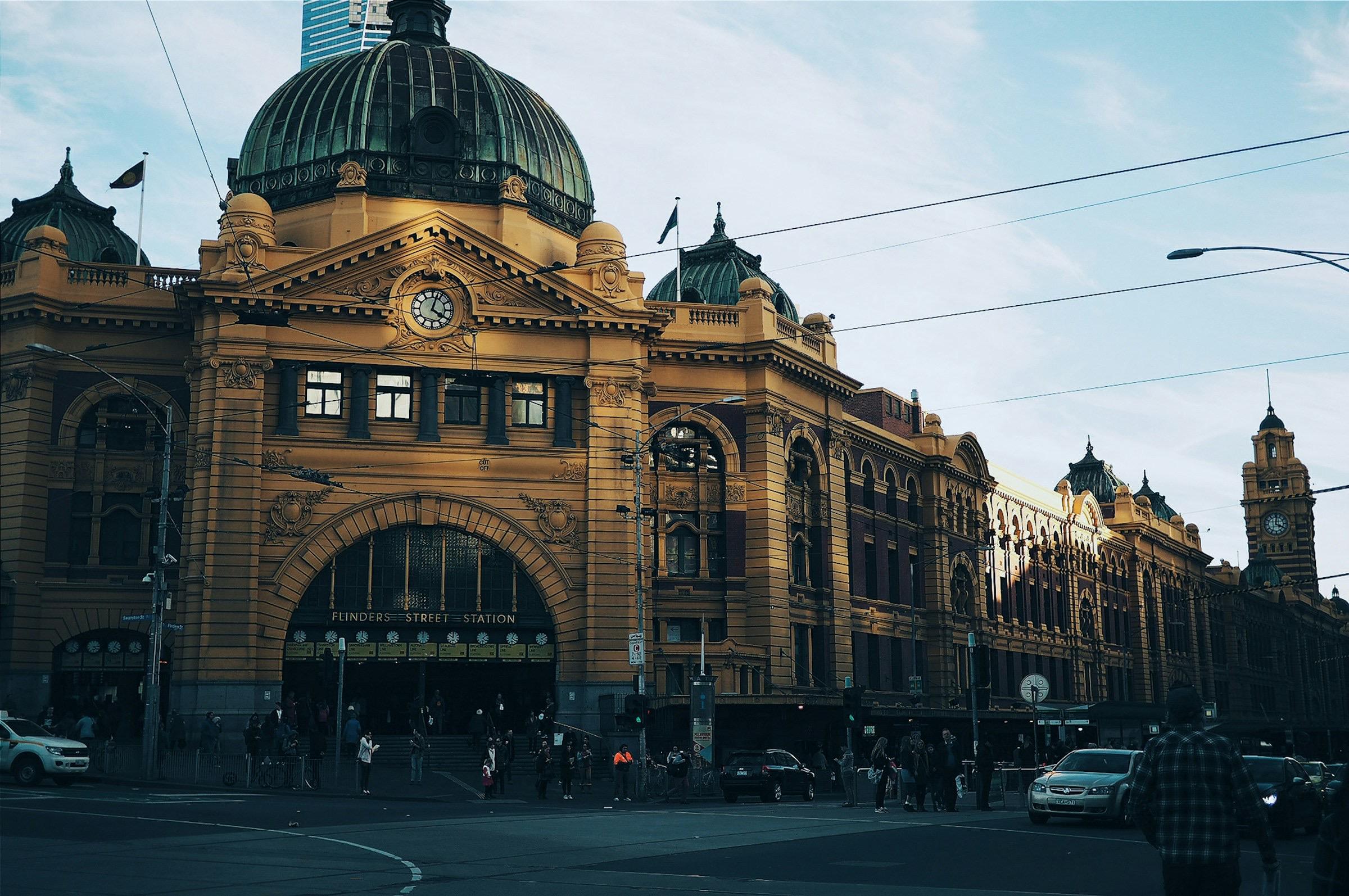
Case Study: Stormwater Harvesting in Melbourne
In Melbourne, stormwater harvesting is embraced as a crucial alternative water source to bolster water security and support sustainable urban development. City West Water has been at the forefront of this initiative, developing systems that collect, store, and treat stormwater from urban areas for use in irrigating public parks, gardens, sports fields, and golf courses. This method conserves potable water for essential uses and provides a reliable water supply during peak demands and in the event of municipal service disruptions
The quality of the harvested stormwater is influenced by the surfaces it flows over, accumulating pollutants and microbial contaminants. Therefore, stormwater treatment is vital to ensure its safe use, especially in public spaces. To further this endeavour, City West Water launched the Stormwater Harvesting Partnering Fund in 2018, collaborating with communities to develop projects aimed at sustainable water management and reducing the demand for potable water. Six projects were co-funded through this fund, possibly harvesting up to 108 million litres of stormwater annually for irrigation purposes.

One notable project is the Dempster Park Stormwater Harvesting Scheme in Sunshine North, which annually captures 11 million litres of stormwater runoff. The system includes a 1.2-million-litre below-ground storage tank where stormwater is stored and treated before irrigating the park Additionally, a rain garden is crucial in cleaning and filtering the stormwater. This project, completed by July 2021, represents a collaborative effort involving City West Water, Brimbank City Council, the Victorian Government, and Melbourne Water. It epitomises Melbourne's commitment to harnessing GI for water security, especially as the city grapples with population growth and climate change challenges

Projects
 Analysing the Impact and Scalability of
Analysing the Impact and Scalability of

The case studies of GI projects in Chicago, Sydney, Melbourne's Trin Warren Tam-boore wetland, and Melbourne's stormwater harvesting initiatives collectively demonstrate a significant impact on urban environments, addressing critical issues such as stormwater management, urban heat island effect, biodiversity, and water security. These projects highlight the feasibility and effectiveness of GI in providing ecological, economic, and social benefits across diverse urban settings
Impact on Urban Environments
The green roofs of Chicago serve as a pioneering example of how urban areas can mitigate environmental challenges while enhancing urban aesthetics and biodiversity. By reducing heat island effects and managing rainwater runoff, these green roofs contribute to energy savings and create habitats for urban wildlife, positively impacting the city's ecological health and resilience.
Sydney's Green Roofs and Walls Policy emphasises strategic urban planning to increase green coverage, showcasing an initiative that tackles environmental issues like stormwater runoff and urban heat and improves urban liveability. This policydriven approach underlines the critical role of governance and policy support in scaling GI projects.
Melbourne's Trin Warren Tam-boore wetland project highlights the role of constructed wetlands in enhancing urban water management This project significantly reduces reliance on potable water by cleaning and storing stormwater for irrigation, demonstrating a scalable solution for other cities facing similar water scarcity challenges
The stormwater harvesting initiatives led by City West Water illustrate how collaborative efforts between governmental bodies, local councils, and communities can lead to sustainable water management practices. The success of these projects in providing alternative water sources and improving public spaces offers a blueprint for scalability and replication in other urban areas.
Scalability of Projects
The scalability of these GI projects is evident in their adaptability to different urban contexts and the variety of benefits they provide. Chicago’s extensive green roof program illustrates that green roofs can become widespread in urban landscapes with supportive policies and community engagement. Sydney's policy approach shows that clear objectives and stakeholder involvement are crucial to scaling up GI across a city. Melbourne's wetland and stormwater harvesting projects demonstrate that technical solutions can effectively be integrated into urban planning to address specific environmental challenges
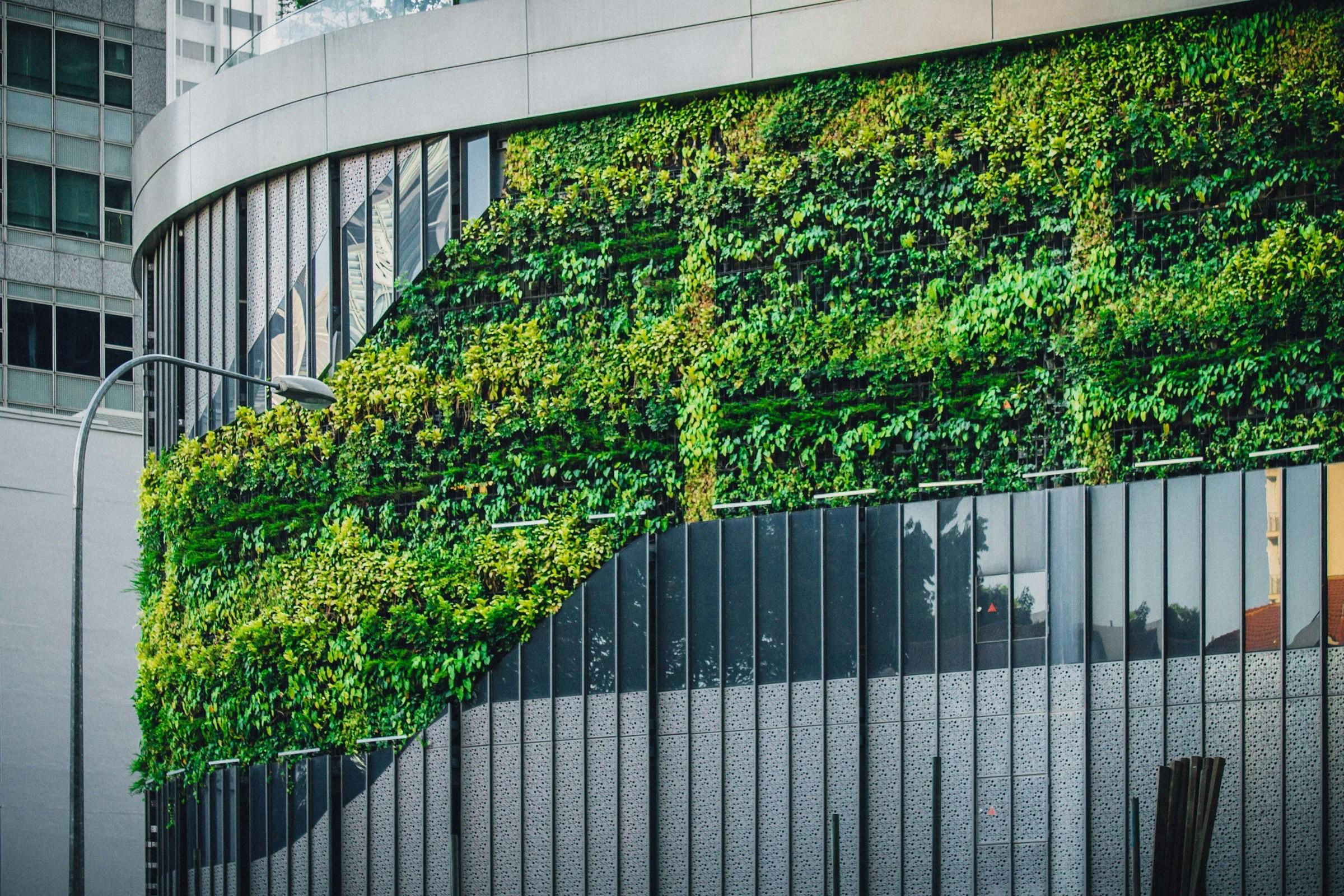
For scalability, these projects underline the importance of:
• Robust policy frameworks and incentives to encourage the adoption of GI.
• Community involvement and awareness to foster support and participation.
• Collaboration between various stakeholders to leverage resources and expertise
• Continuous research and innovation to adapt and improve GI solutions.
In conclusion, the analysed projects reflect the potential for GI to play a transformative role in urban environments. By addressing environmental challenges, improving community well-being, and contributing to urban resilience, these initiatives offer valuable insights into the scalability and adaptability of GI solutions worldwide.
Challenges and Solutions in Green Infrastructure Implementation


Implementing GI in urban settings presents unique challenges that require thoughtful solutions to ensure their effectiveness and sustainability This section explores common obstacles in maintenance and longevity, integration with existing urban infrastructure, financing, and policy and governance, providing insight into overcoming these barriers
Addressing Maintenance and Longevity Issues
Maintaining and ensuring GI's longevity are critical challenges that cities face postimplementation. Unlike traditional grey infrastructure, GI systems, such as green roofs, rain gardens, and permeable pavements, require ongoing care to maintain functionality and aesthetic appeal. Neglect can lead to the degradation of these systems, diminishing their capacity to manage stormwater and provide ecological benefits. To address these issues, cities can adopt comprehensive maintenance plans that outline specific tasks, schedules, and responsibilities. Educating property owners and local communities about regular maintenance is also crucial. This can be achieved through workshops, training sessions, and maintenance guides tailored to different types of GI.
Additionally, incorporating maintenance considerations into the design phase can reduce long-term care requirements and costs Choosing native vegetation that is resilient and low-maintenance can also mitigate upkeep challenges By prioritising maintenance and design for longevity, cities can ensure that GI continues to deliver environmental and social benefits over time.
Integrating Green Infrastructure with Existing Urban Infrastructure
Integrating GI with existing urban infrastructure poses significant challenges due to the cities' preestablished physical and operational systems. Traditional urban infrastructure often prioritises efficiency and space utilisation, leaving limited room for incorporating green elements. To overcome this challenge, urban planners and engineers must identify opportunities for retrofitting and redesigning space, including GI This might involve transforming underutilised areas, such as vacant lots or underpasses, into green spaces or integrating green roofs and walls into existing buildings. Collaborative planning processes that bring together multiple stakeholders, including utility companies, transportation departments, and community groups, can facilitate identifying integration opportunities and address potential conflicts. Additionally, adopting flexible design standards that allow for the adaptation of GI components to various urban settings can enhance the feasibility of integration projects. By viewing existing infrastructure not as a barrier but as an opportunity for enhancement, cities can create multifunctional spaces that support both traditional urban functions and the benefits of GI.
Innovative Financing Models for Green Infrastructure Projects
Funding GI projects is a significant hurdle, particularly in tight municipal budgets and competing priorities. Traditional funding mechanisms may not adequately support the upfront costs or recognise the longterm value of GI. To address this, innovative financing models have emerged as solutions to bridge the funding gap. Green bonds, for example, allow cities to raise capital for GI projects through the bond market, with the promise of environmental improvements. Publicprivate partnerships (PPPs) offer another avenue where private entities contribute funding or expertise in exchange for benefits such as tax incentives or naming rights.
Additionally, stormwater utility fees can generate a steady revenue stream by charging property owners for runoff contributions, with discounts for those implementing GI measures. These fees can then be reinvested into further GI projects. Crowdfunding and communitybased financing models also present opportunities for smaller-scale initiatives, engaging residents and businesses in the funding process. By adopting innovative financing models, cities can address financial barriers and harness the comprehensive benefits of GI for urban resilience and sustainability
Policy and Governance Challenges
Implementing GI often encounters policy and governance challenges that stem from fragmented jurisdiction, conflicting regulations, and a lack of coherent strategies. Traditional policies may favour grey infrastructure solutions, lacking the flexibility to accommodate GI approaches. Overcoming these challenges requires a coordinated effort to revise and harmonise policies across different levels of government and sectors. Establishing clear guidelines and standards for GI design, implementation, and maintenance can provide a consistent framework for cities to follow.
Encouraging interdepartmental collaboration and forming cross-sector partnerships can also facilitate the integration of GI into broader urban planning and environmental policies.
Additionally, involving stakeholders in policy-making ensures that regulations are practical and reflect community needs and values. Developing incentive programs, such as tax breaks or expedited permitting for projects incorporating GI, can further encourage adoption. By addressing policy and governance challenges with strategic, collaborative approaches, cities can create an enabling environment for implementing GI, leading to more resilient, sustainable urban landscapes.
Conclusion

Conclusion
Exploring GI within urban environments reveals its pivotal role in enhancing urban water resilience. Case studies from Chicago, Sydney, and Melbourne highlight the multifaceted benefits of GI, including improved water quality, flood mitigation, groundwater recharge, and enhanced urban biodiversity. These initiatives demonstrate the importance of integrating nature-based solutions into urban planning to address water-related challenges. Key lessons underscore the necessity of policy support, community involvement, and innovative design to implement GI successfully. Despite challenges such as maintenance, integration with existing infrastructure, and financing, the resilience and benefits of GI projects remain undeniable, offering substantial environmental, social, and economic returns
Future Trends in Urban Green Infrastructure
As urban areas continue to evolve, the integration of GI is set to become increasingly prevalent, driven by the urgent need for sustainable water management and climate adaptation strategies Future trends may include the widespread adoption of technologyenhanced GI solutions, such as smart irrigation systems and sensor-based monitoring for water quality and soil moisture
Moreover, interdisciplinary collaboration will likely emerge as a key trend, combining the expertise of urban planners, environmental scientists, and community activists to innovate and expand the scope of GI projects. Additionally, the emphasis on equity and accessibility in GI initiatives will grow, ensuring that the benefits of GI are shared across all segments of the urban population, thereby fostering more inclusive and resilient urban communities.
Recommendations for Policymakers
For cities to fully embrace and benefit from GI, policymakers play a pivotal role They should focus on creating supportive and flexible policy environments that encourage GI adoption. This includes offering incentives for the private sector to invest in GI projects and streamlining regulatory processes to facilitate easier implementation. The formation of publicprivate partnerships can also enhance the development and management of GI initiatives Crucially, engaging communities and emphasizing education around GI are vital for building a culture of sustainability and ensuring broadbased support for these projects. By integrating GI into broader urban planning and development strategies, cities can foster environments that are not only more resilient and sustainable but also more liveable for their residents.


